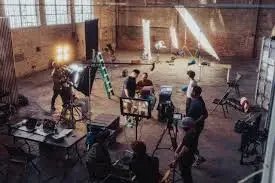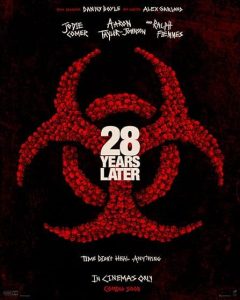Elements of movie storytelling are like secret spices that make a movie enjoyable to watch. When you watch a good movie, you might get carried away by the atmosphere—feeling happy, tense, or even sad along with the characters. But behind all that, there are important components that make the story feel coherent and meaningful. These elements are what we call elements of storytelling. In this article, we’ll discuss seven fascinating story elements in movies—whether you’re a thoughtful viewer, learning to write screenplays, or just starting to make films.
1. Premise

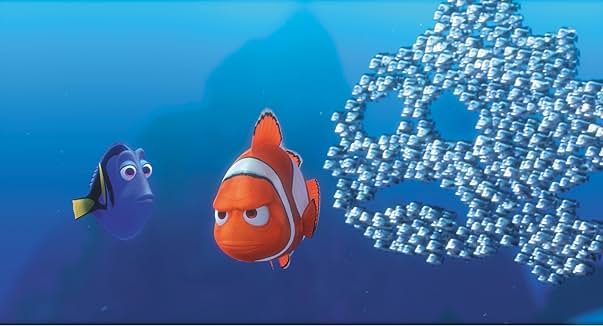
The premise is the core idea of a story. It can be summarized in one or two sentences that explain what will happen and who is involved. The premise is not just a “story summary,” but the foundation of the entire narrative structure. A strong premise must be clear, have a central conflict, and hold a dramatic promise to be explored in the story.
Example:
- Breaking Bad (2008) – A high school teacher turns into a drug producer after being diagnosed with lung cancer.
- Finding Nemo (2003) – A clownfish searches for his lost son in the vast ocean.
Read also: The Difference Between Premise & Logline.
2. Characters
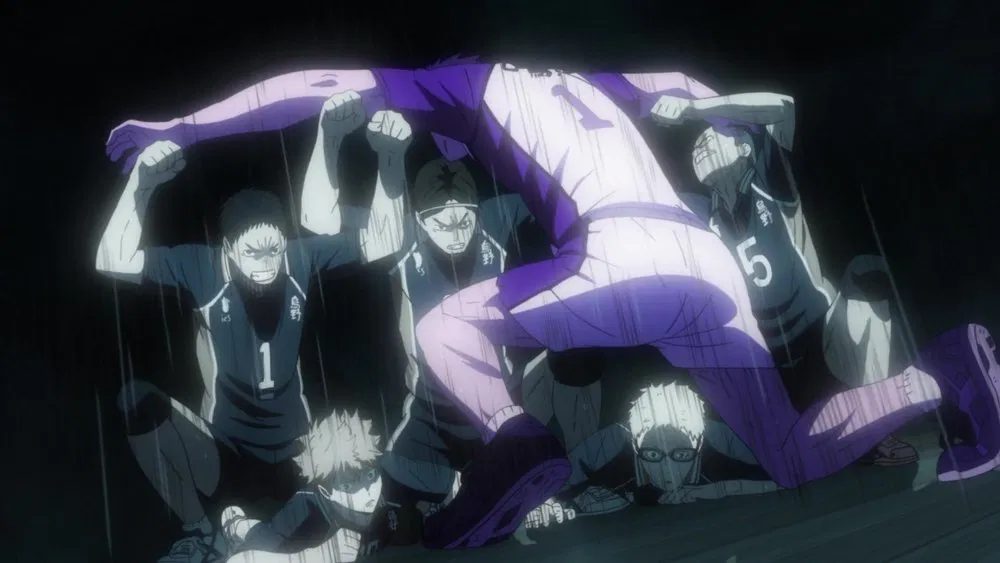
Characters are the soul of a film story. We watch not only to find out what happens, but to see who it happens to. The main character (protagonist) usually has desires, goals, and conflicts that guide the story.
Key elements of a character:
- Goal: What do they want?
- Motivation: Why do they want it?
- Conflict: What stands in their way?
- Change: What do they learn or experience?
Films with strong stories often show character development—how the character changes emotionally or psychologically from the beginning to the end of the film.
Read also: Creating Believable Characters in A Film Screenplay.
3. Conflict
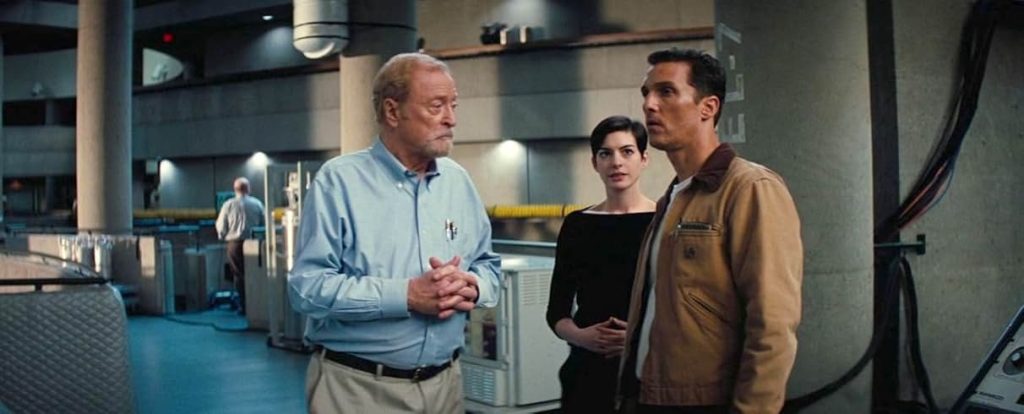
Conflict is the driving force of the story. Without conflict, the story would feel flat. Conflict can come from external sources, such as enemies, dangerous situations, or oppressive systems, or from within the character themselves, such as doubts, guilt, or past trauma.
Types of conflict:
- Human vs. Human (hero vs. villain)
- Man vs. Himself (inner conflict)
- Man vs. Nature/System/Supernatural
Interesting conflict is not just about “fighting,” but about how characters face dilemmas and choose their path.
Read also Writing A Movie Synopsis: A Guide for Screenwriters.
4. Plot
The plot is the sequence of events in the story. In the world of film, the plot typically follows a three-act structure:
- Act I: Introduction to the world and characters, accompanied by the triggers of conflict.
- Act II: The character faces obstacles, getting closer to the turning point.
- Act III: The climax and resolution.
However, many films also experiment with non-linear structures (like Pulp Fiction) or episode-based structures (like Boyhood). Regardless of the form, the plot must convey a sense of progression and tension.
Read also: Understanding the 3-Act Structure Save The Cat By Blake Snyder.
5. Setting (Time & Place)
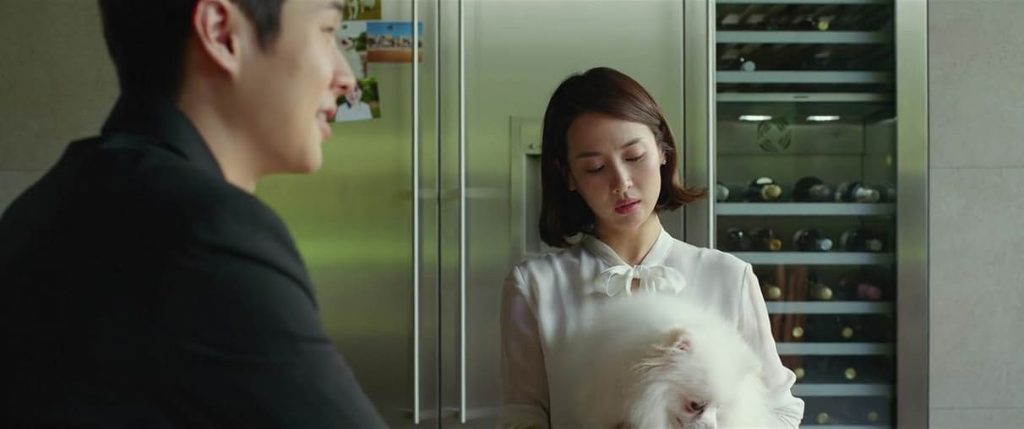
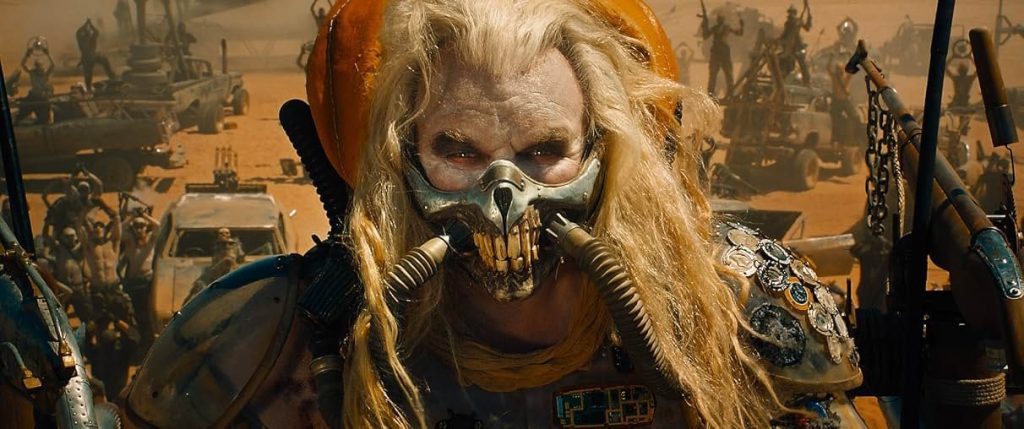
Setting is not merely a backdrop. It can shape the atmosphere, cultural values, and even reflect character conflicts. A good setting is not just “there,” but also serves a dramatic function in the story.
Example:
- Parasite (2019) – uses the contrast between rich and poor spaces in Seoul as a structural metaphor.
- Mad Max: Fury Road (2015) – uses the desert as a space for chase scenes and escape from a broken civilization.
Read also Film Props: The Breath of a Story.
6. Theme
The theme is the message, idea, or question the film wants to convey. It is not always explicit but is consistently present in the plot, conflict, and character transformation.
Some common themes include:
- Courage in the face of fear
- The power of love and sacrifice
- Criticism of social inequality
Strong films not only tell a story but also encourage viewers to reflect through thought-provoking themes.
7. Narrative Style (Tone & Voice)
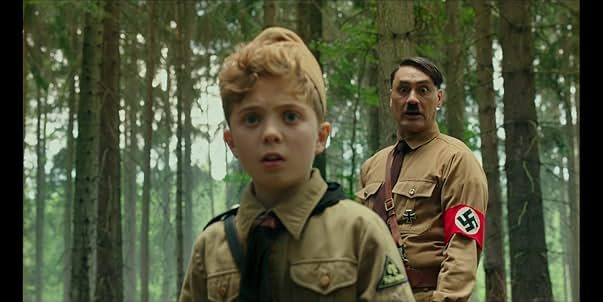
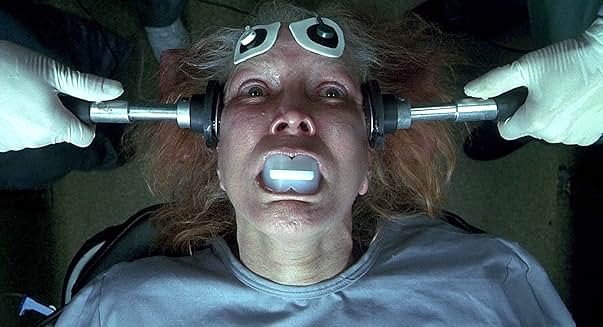
Finally, narrative style is the way the story is told. This includes the emotional (tone) and the unique perspective or “voice” of the storyteller.
Tone can be:
- Funny – Jojo Rabbit (2019)
- Gloomy – Requiem for a Dream (2000)
- Warm – The Secret Life of Walter Mitty (2013)
- Absurd – Everything Everywhere All at Once (2022)


Meanwhile, voice is the distinctive style that makes a story feel “personal” or different. For example, Wes Anderson’s voice is very distinctive with its symmetry, dry humor, and eccentric characters.
The elements of a movie’s story are not just about “what happens,” but how all the elements—from the premise, characters, conflict, to the storytelling style—work together to create a compelling experience. Understanding these seven story elements can help you analyze movies more deeply, write stories with more direction, and create works that have their own unique voice.
If you’re writing a screenplay or just want to be more attuned when watching films, try asking yourself, “What’s the premise? Who are the characters? What’s the conflict?” From there, you’ll discover how rich and complex the world behind the screen truly is.

